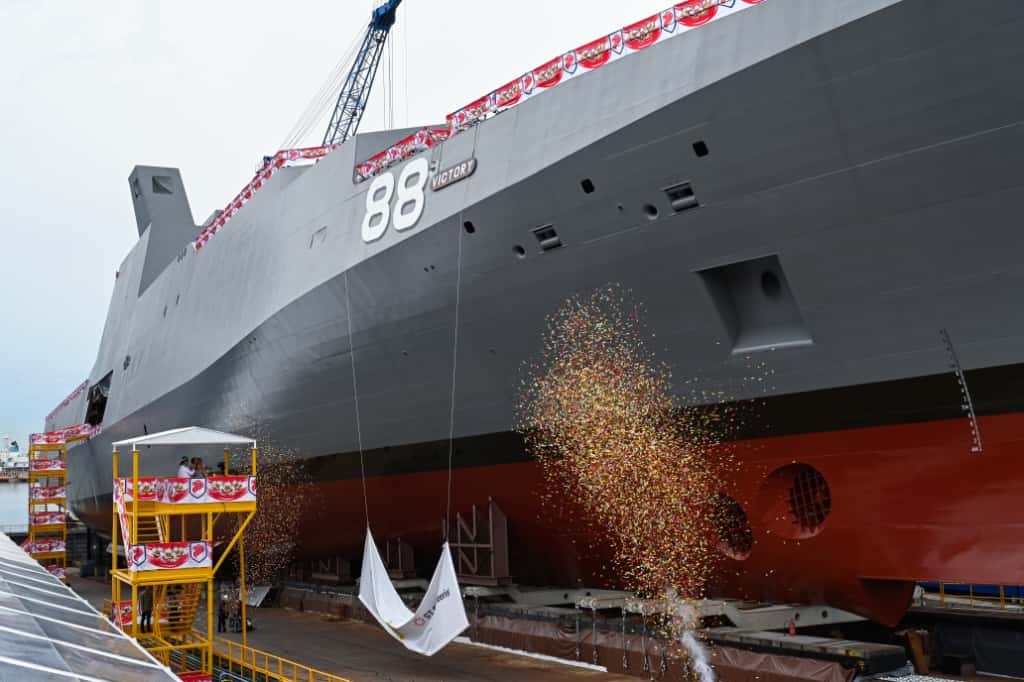MILESTONES
RSAF's latest surface-to-air missile system is fully operational
29 Nov 2023
The Aster 30 missile system has been conducting 24/7 air defence operations since August 2020. It can shoot down targets further, faster and more accurately than its predecessor, the I-HAWK.
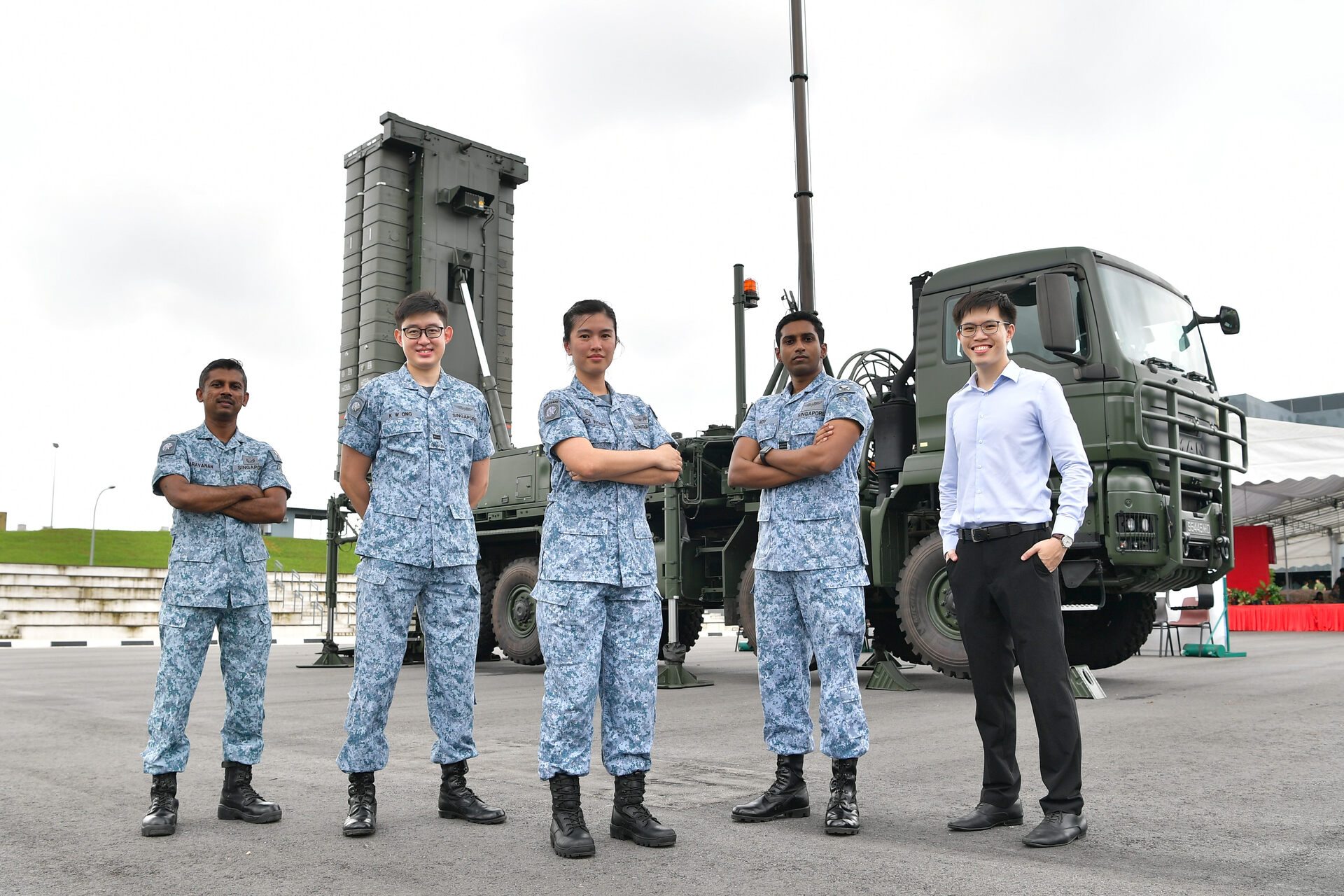
The Republic of Singapore Air Force's (RSAF's) next-generation surface-to-air missile system is now fully operational.
Capable of engaging multiple air threats at a range of up to 70km against fighter aircraft, the Aster 30 Medium-range Surface-to-Air Missile (MSAM) system is also integrated into the RSAF's Island Air Defence (IAD) system – an island-wide network that protects Singapore.
The ground-based system can draw on information from other sensors in the network to counter air threats effectively and with greater precision.
Shoots targets further, faster & more accurately
Senior Minister of State for Defence Heng Chee How officiated the ceremony to mark the Aster 30's attainment of Full Operational Capability (FOC) status, held at Lim Chu Kang Camp II on 29 Nov.
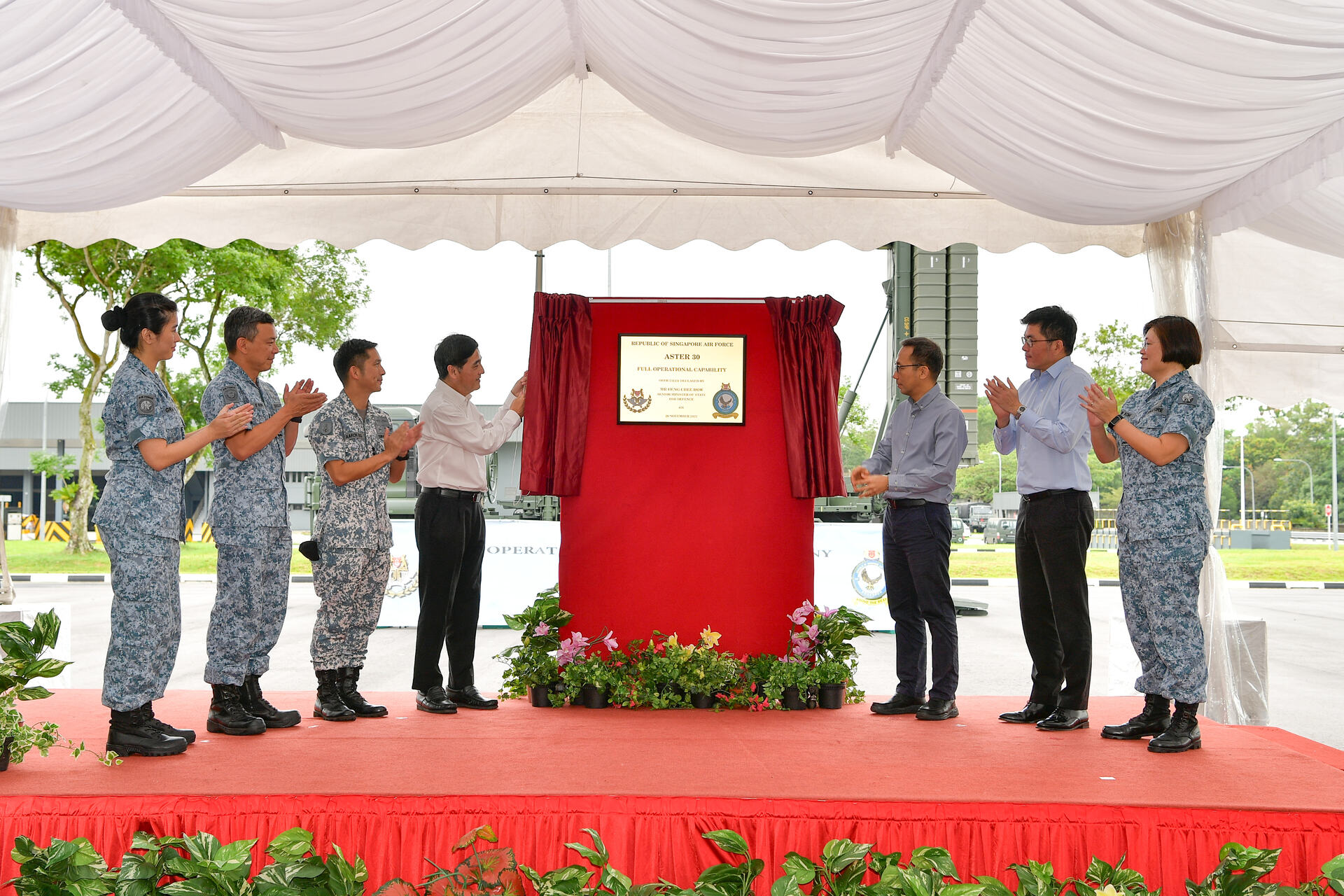
Speaking at the ceremony, Mr Heng noted that with geopolitical tensions – such as the Israel-Hamas conflict and Russia-Ukraine war – on the rise, it is imperative that Singapore takes its defence and air defence even more seriously.
"As the range of threats continue to evolve, it is important that the RSAF induct more capable systems to match. As Singapore lacks geographical depth, the use of the Aster 30 missile system is particularly apt," said Mr Heng.
"The system is able to intercept…a wider range of modern air threats, and this includes fighter aircraft, helicopters, Unmanned Aerial Vehicles and even precision-guided munitions."

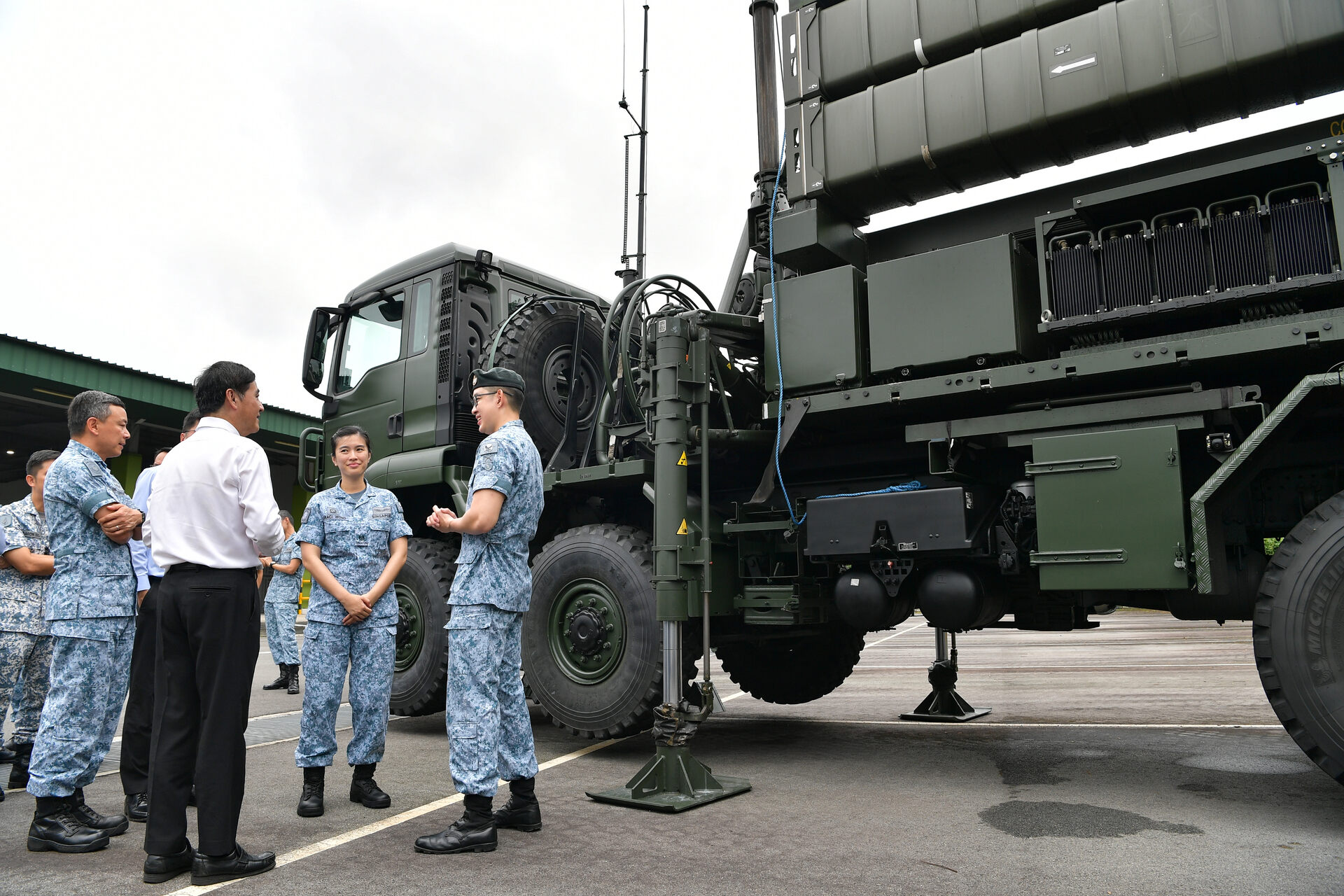
He added that the Aster 30's integration into RSAF's IAD network allows for a "multi-layered, networked and intelligent air defence for Singapore".
"By tapping on a real-time, integrated air situation picture…the Aster 30 missile system shoots down targets further, faster and more accurately than (what) was previously achievable."
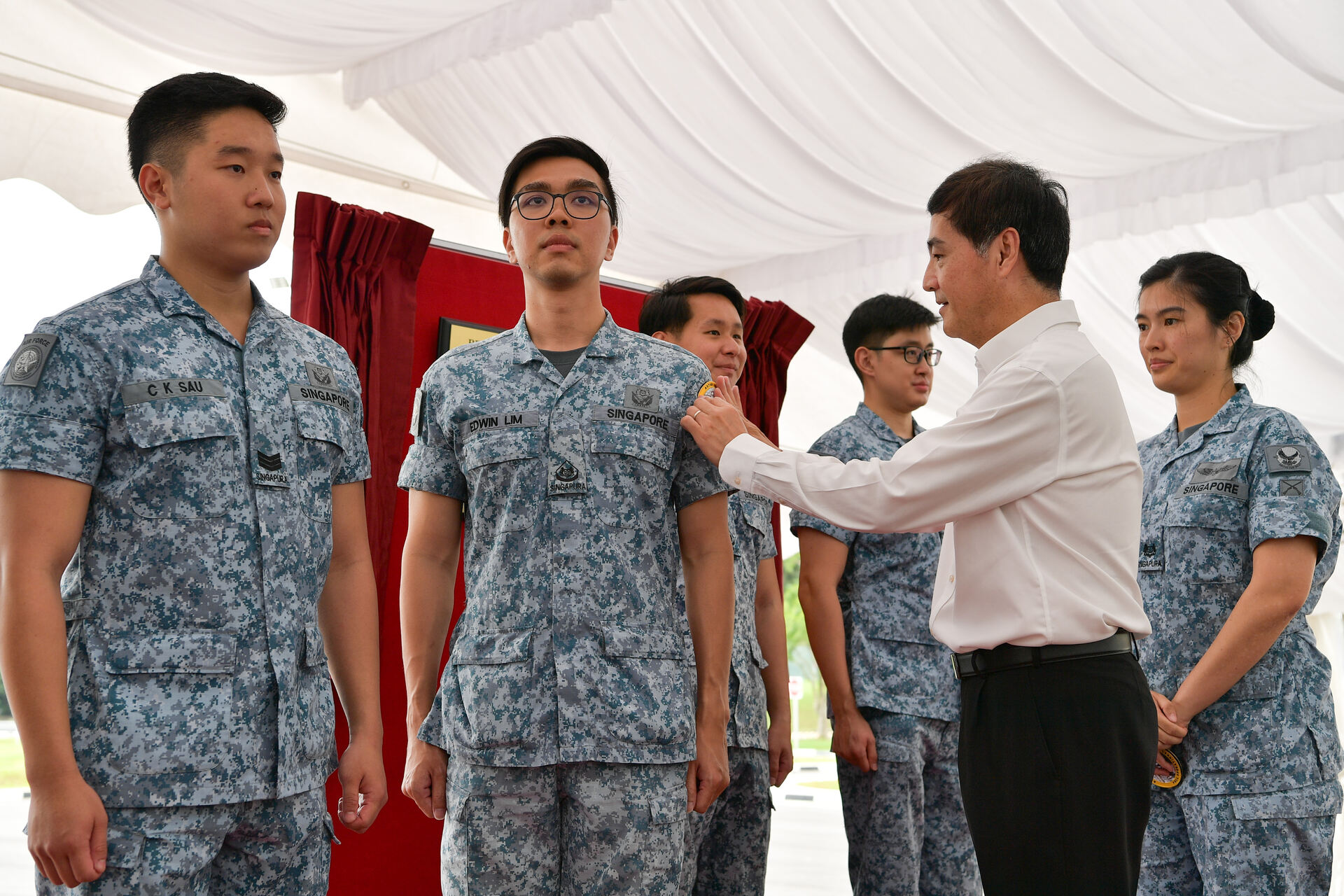
Singapore's longest range of air defence
The Aster 30 has been conducting round-the-clock operations since it was stood up in August 2020.
It took part in the trilateral Exercise Cope Tiger in 2022 and 2023, held in host country Thailand together with the United States; as well as the locally held Exercise Vigilant Shield in 2023.
This advanced ground-system replaces the I-HAWK Surface-to-Air Missile, which was retired after more than 30 years in service.
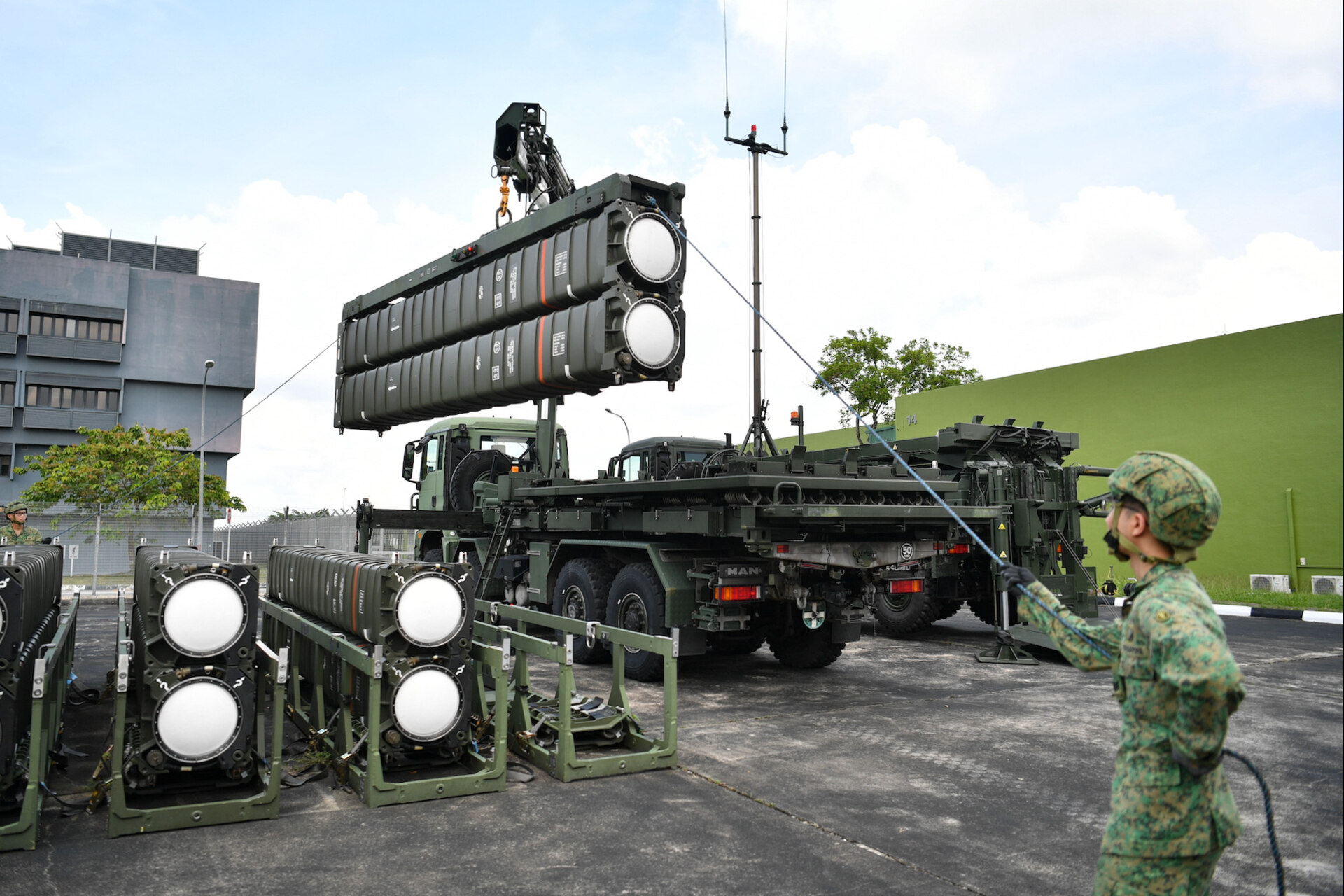
The Aster 30 has a range of up to 70km against fighter aircraft, allowing it to intercept air threats at a further distance than its predecessor.
This also makes it the RSAF's furthest shooter, providing the longest range of air defence for Singapore, said Major (MAJ) Graci Wong, Commanding Officer of 163 SQN.
"The Aster is the last puzzle piece to fit into the system and to (complete) the IAD."
She explained that the Aster 30 missile system works like a "three-piece meal". This comprises a Launcher Module; a Datalink Station which communicates with the missile for precise targeting; and a Tactical Command Post (TCP) that connects it to the wider IAD network.
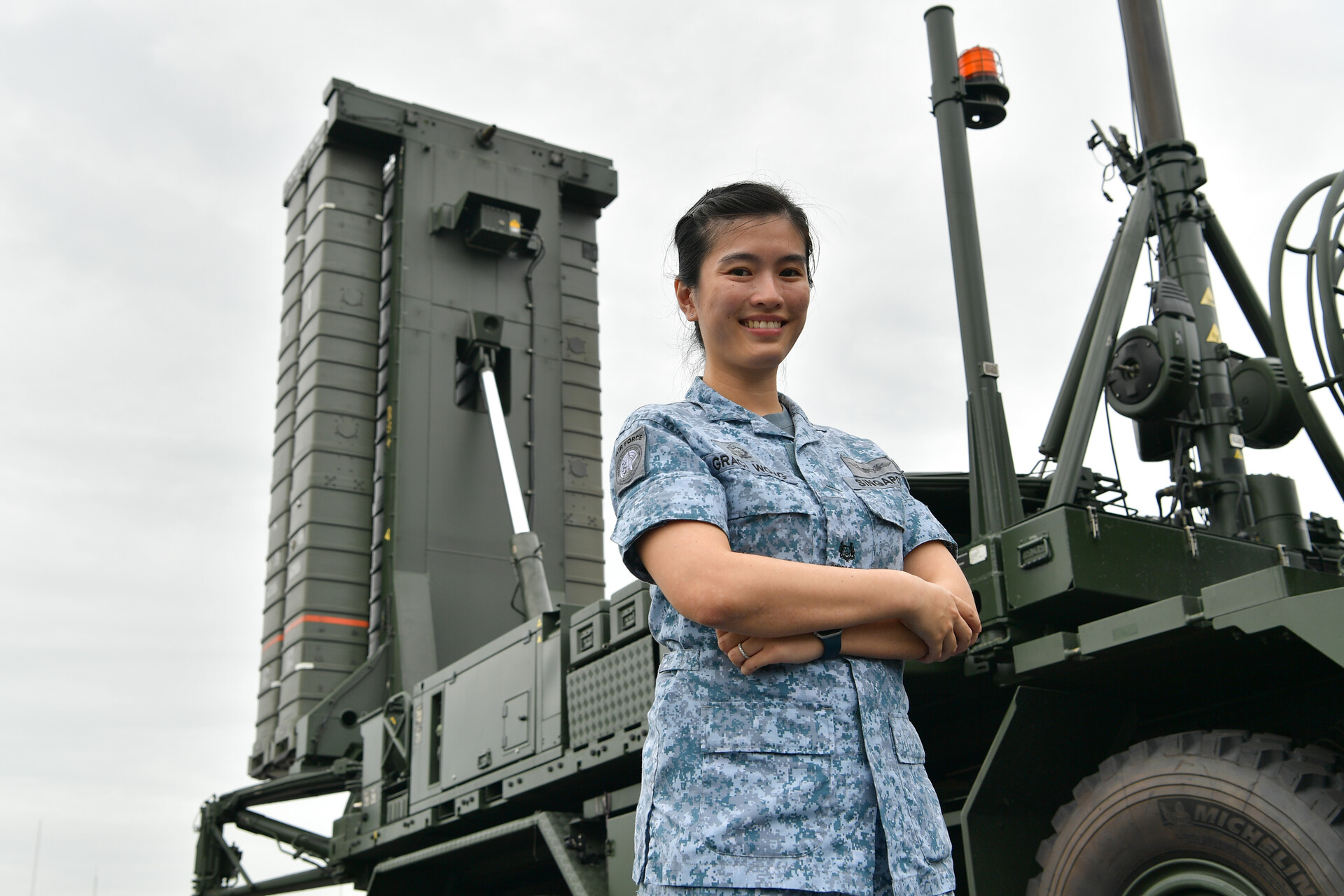
The TCP was designed and developed locally to adapt the Aster 30 missile system to Singapore's defence needs, shared Mr Joel Toh.
The 31-year-old is a senior engineer in the Defence Science and Technology Agency (DSTA)'s Advanced Systems Programme Centre.
Instead of relying on its own radar, the TCP allows the Aster 30 Launcher to tap onto other radars in the IAD network – such as the Multi-Mission Radar (MMR) and System for Hybrid Interceptor Knowledge of Recognised Air (SHIKRA) Radar.
Unique to Singapore, the TCP was designed and developed by DSTA and ST Engineering.
"It's the integration of this complex weapon technology (the Aster 30) into the IAD system – with various advanced sensors, weapon systems, and the command and control system – (that allows the RSAF) to really see further, shoot faster," explained Mr Toh.
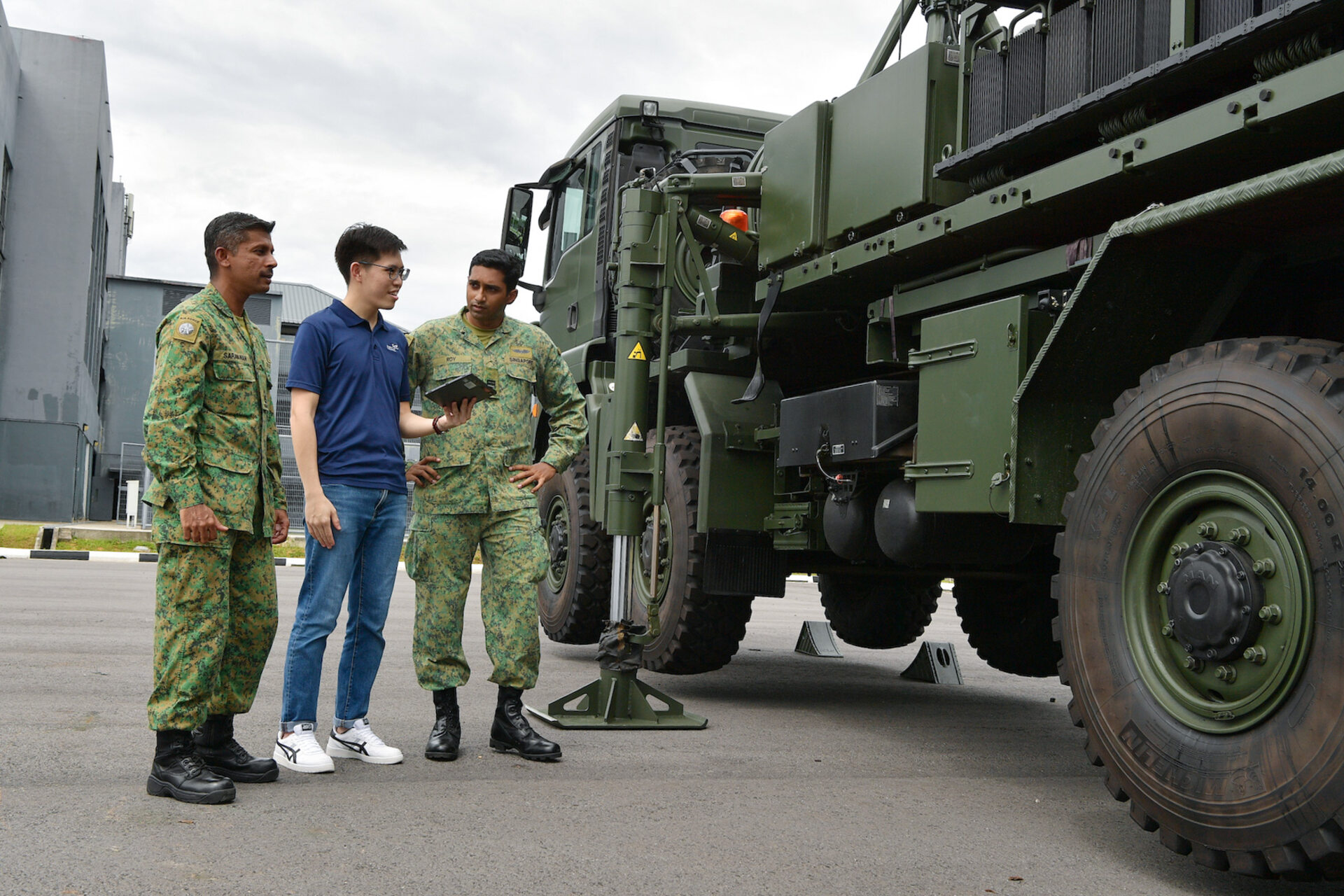
More automated, less labour-intensive
For 2nd Warrant Officer (2WO) Saravanan s/o Ellangovan, 44, this new asset not only provides enhanced defence capabilities, but also cuts down on manual work.
The Aster 30 only requires six people to operate, compared to 11 for the I-HAWK.
"With the I-HAWK, we even needed manpower to tow it… but the Aster 30 is mounted on the vehicle and (has better) mobility… It's like a press of a button," said the Air Defence Systems Specialist who operates the Aster 30.

The Aster 30 has a high degree of automation which makes it a user-friendly system, said Lieutenant (LTA) (NS) Gaius Ong.
The 27-year-old was part of the pioneer batch of full-time national servicemen who trained on the asset.
"Because we were the pioneer batch, we didn't have seniors to follow up from... We spent time working on the system, and came up with a guide book for future batches," recalled LTA (NS) Ong, who is currently working as a civil servant.
He added that many personnel back then had to pull extra duties as the squadron had to be on 24/7 operations while working in cohorting groups during the COVID-19 pandemic.
"Because we went through many of these things in the formative years, we became very close. I find that being back here with the squadron brings back fondness for my National Service days."
ALSO READ IN MILESTONES
-dsc_2181.jpg?sfvrsn=cf9c6464_2)
What you need to know about the new CMPB
14 Oct 2025
The new Central Manpower Base (CMPB) at Bukit Gombak officially opened its doors on 14 Oct, welcoming pre-enlistees, servicemen and the public alike to a state-of-the-art, one-stop hub for all things National Service (NS).
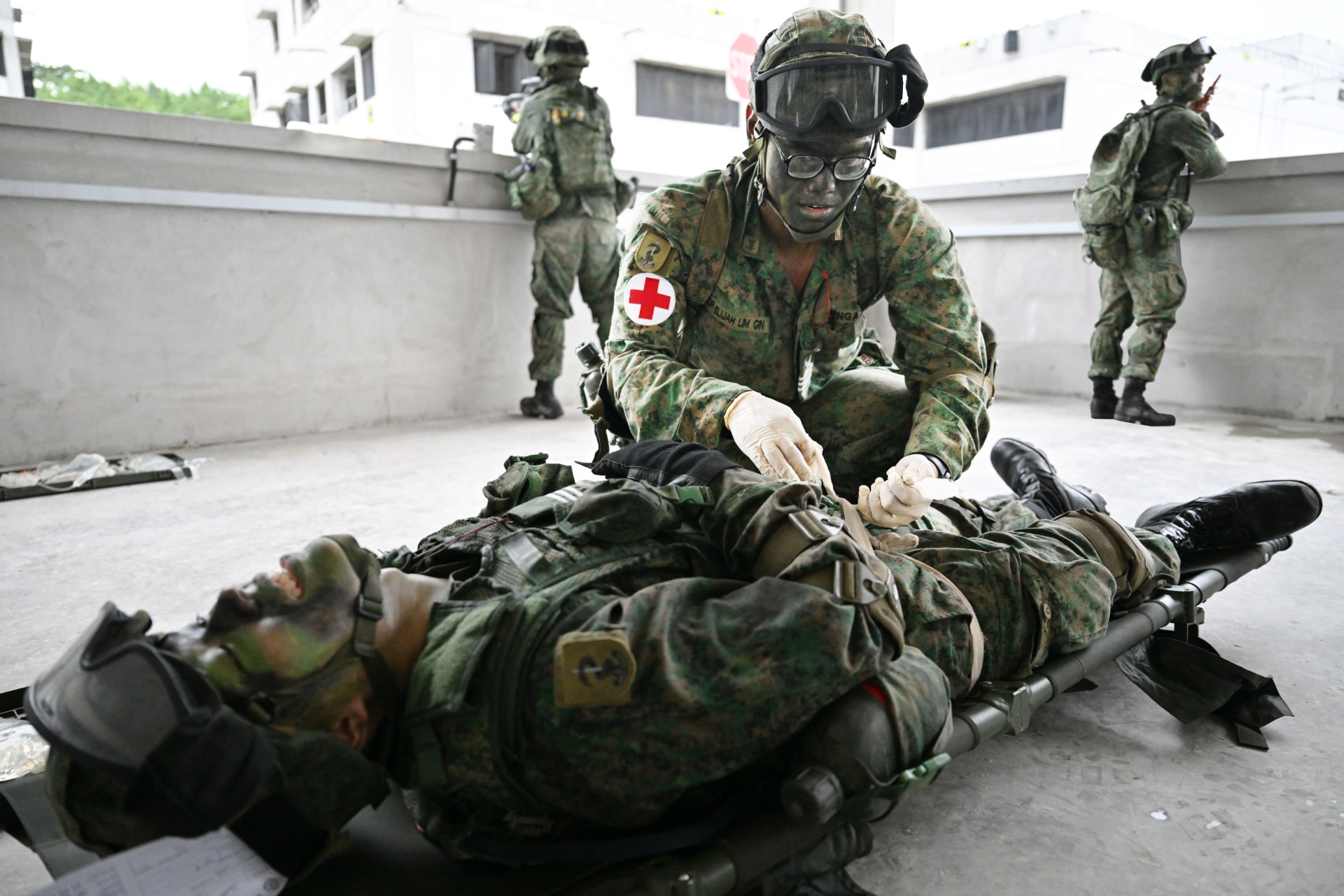
What it takes to become a medical officer
07 Oct 2025
This October, we celebrate the 100th batch of graduates from the Medical Officer Cadet Course. What does it take to become a military doctor? We uncover the highlights!
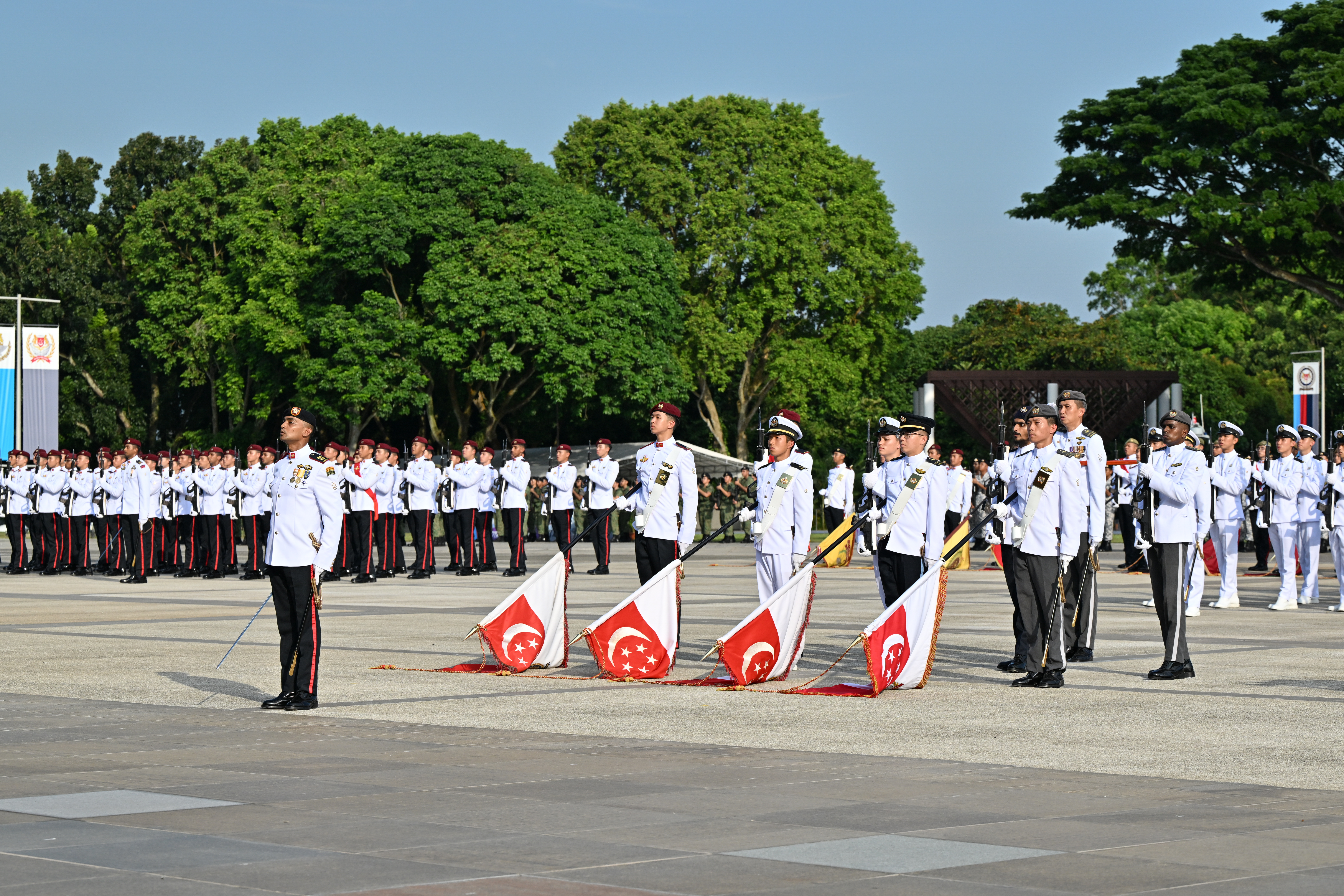
60 years on, their commitment remains strong
01 Jul 2025
The SAF celebrated its 60th anniversary on 1 Jul with a special SAF Day Parade and Combined Rededication Ceremonies across Singapore.


